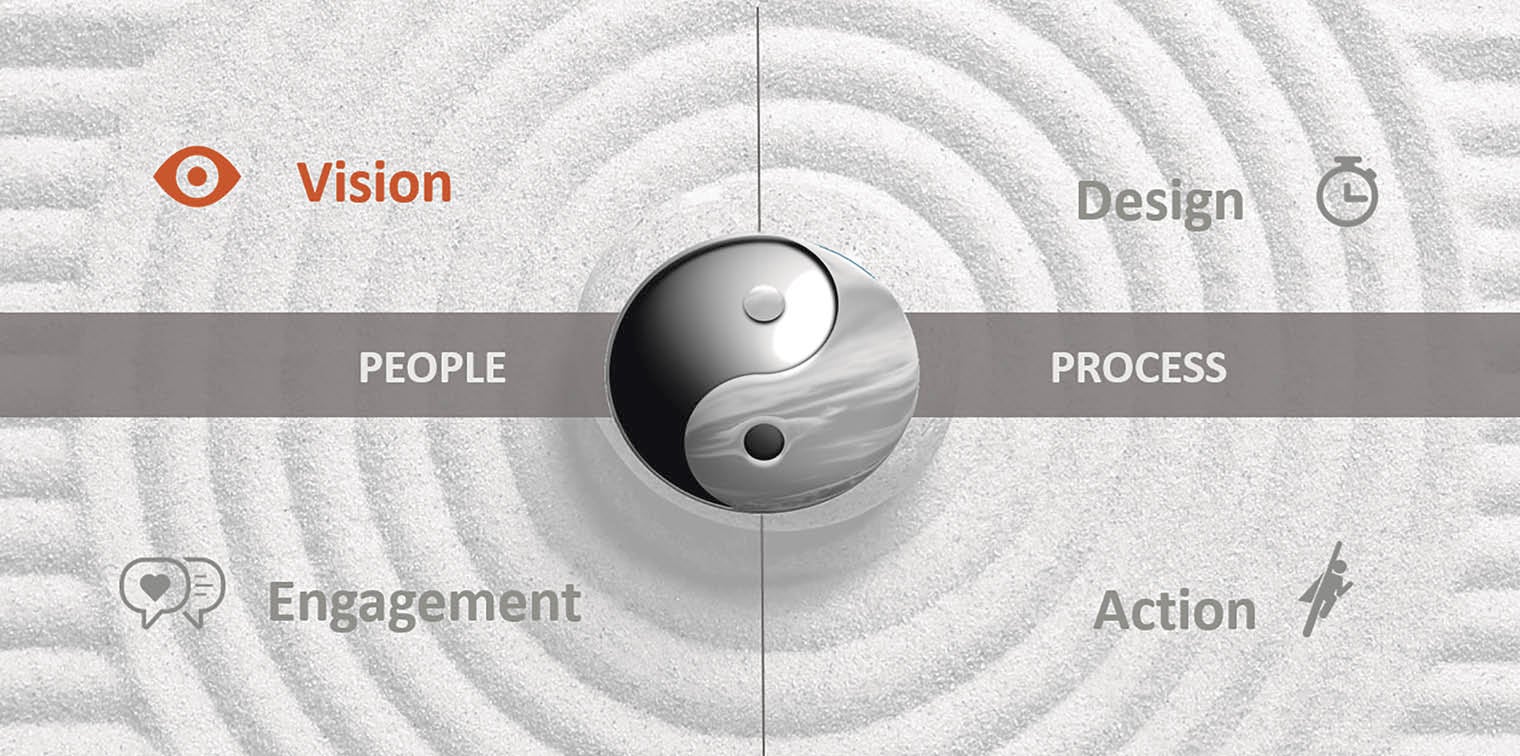How do you deliver better experiences?
Customer experience is now well established as a critical battleground. The fact is that the voice of the customer (VoC) provides a catalyst for change. Firstly, you identify how to improve experiences. Secondly, you need to engage employees so they can implement change. Lastly, you should measure any transformation and how it impacts your business.
How do you drive change?
Get it right and customer experience can have an impact on revenues, costs and corporate culture. At the same time, boosting the bottom line or slashing overheads are also ways to improve any employees’ status. If you want change, employees need help understanding how they can hit targets and achieve success by changing their behaviour.
It is only through daily, incremental changes carried out by employees that you can deliver long-term, company-wide culture change. For example, an insurance company used insights from their VoC programme to prove they were in danger of losing nearly half their key accounts. This was based on customer experience and business growth data, and meant nearly £700 million of revenue was at risk. Knowing what’s at stake drives changes in behaviour.
How can you make it happen?
There are two elements that are important in transforming customer experience: people and process, both are crucial. To deliver business value you need to bring people and processes together.
If you want to build a customer experience programme that will drive the right type of change, impact the bottom line, modify corporate culture and support an ongoing evolution, you need to have vision, excellent design and engagement, as well as drive action.
What do you mean by vision?
Most companies have a vision, the problem is that it’s too fluffy, which means little happens. It needs to be tangible, particularly for employees who aren’t customer facing or able to understand how their role impacts customer experience.
A vision should also be based on a solid plan. One leading financial institution conducted research that proved being number one for likelihood to recommend in their sector would provide significant financial benefit. Their vision was to reach that point by a specific date. They then identified five key steps in the customer journey they needed to focus on to achieve this.

How can design impact customer experience?
Design is about listening to customers, employees, the market and stakeholders, as well as using the right channels and touchpoints. Once these insights are integrated with other business data, such as customer relationship management data, you begin to understand what needs to be done. This is where many programmes struggle.
Why do programmes struggle?
Firstly, there is too much listening and not enough action. If you conduct a survey that measures customer experience, there must be a process to deal with feedback. Watching the needle on the dial won’t move it, action will.
Secondly, companies often fail to learn from the past. It’s no use rolling out more surveys without making sure you’re getting it right at the beginning. Start small, make the tweaks necessary, then roll out to additional touchpoints when you know your closed-loop activity is working.
When designing your customer experience programme you need to develop a framework on which you can build an overarching agenda. Creating a library of questions for each touchpoint and ensuring consistency across all areas works. You’ll also be able to prioritise actions across touchpoints and deliver immediate results.
Where does engagement come in?
Engaging employees with your customer experience programme is critical. You need simple ways to show your staff how to do the right thing and ensure it’s rewarding for them. The less prescriptive you are on what the right thing is the better.
For example, a leading motor manufacturer replaced its huge customer manual with a simple approach of treating customers as guests in employees’ homes. Everyone knows how to do that and when one person does it, colleagues will see how it works, realise it succeeds and emulate it. The trick with engagement is to set the example early on.
What then drives action?
Programmes fail to drive action due to analysis paralysis. There is a danger of information overload that ends in a huge report, which doesn’t engage the audience. It’s vital to use concise, tailored and live reports that provide targeted insights to stakeholders.
Some organisations also fail to share. You can’t keep a customer experience programme exclusively within the customer experience team. This creates disengagement from the rest of the business who feel customer experience is someone else’s problem. Insight needs to be in the hands of the rest of the business, giving individuals the power to drive change.
Quite often there is a loss of focus. This happens in long-standing programmes where initial quick wins are over, excitement wanes and people lose interest. You need to keep going back to the financial data, proving the value and success of the programme each time.
How does the C-suite fit into this process?
Customer experience has the power to transform businesses if leaders do not become a bottleneck. Their role is to put in place the right insights, as well as a measurement framework and then get out of the way, allowing teams to get on with the job. Managers set the example, help the teams clearly define the goals, and the team is then allowed to define the changes in behaviour, while measuring action and the business results being delivered.
Change may start small and build incrementally, but you can be confident that if this is true change, it will stick and deliver significant results to your organisation. This will give you an engaged team that will be able to continue the transformational journey.
For more information please visit www.confirmit.com






